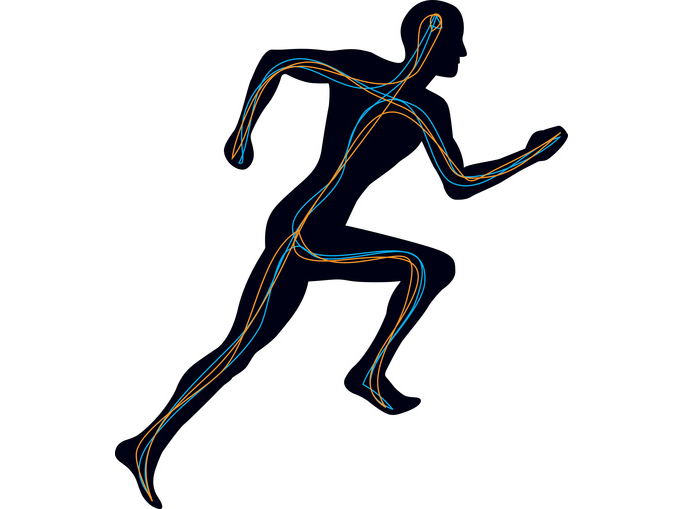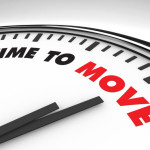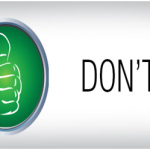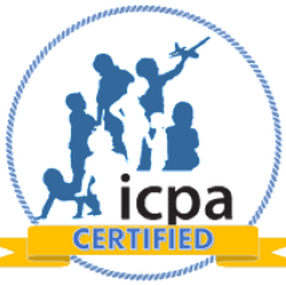When It’s More Than “Just Muscle”

Being a chiropractor, one of the most common things I hear when people find out my profession is the list of aches and pains of the people in a group, and I’m happy to help and provide insight into the problem whenever this situation arises. Although I’ve noticed that a common thread runs through their descriptions of their health issues, and it goes something like this: “Oh, my back has been killing me for years… but I’m sure it’s just muscle.“
I have an idea as to what they are really saying, and it’s typically that they’re just not interested in making the time and financial investment that goes along with addressing and correcting the problem. But, lets go ahead and address the inherent problem with this statement, and go over some strategies to help identify some common problems and how to handle them on your own.
The Problem of being “Just Muscle”
Muscles are not tissues that operate in a vacuum of space and time. Our muscles are covered in fat, connective tissue (called fascia), connected to blood supply, and studded with nerve supply. In addition, muscles have multiple connections to various bone structures. The fascia wrapping around the muscles sometimes connected multiple muscles together across various joints.
The sheer number of pain generating tissues that are intimately related to our muscles is more complex than we could have imagined. Take these examples: A pain in your back can easily be traced to a muscle at the front of your leg. A pain in your shoulder can be a nerve traced from your neck. A pain in the calf can easily be a problem with an artery in the leg.
In essence, telling a chiropractor that you’ve had a pain in your spine for years and saying it’s “just muscle” is like telling a Medical Physician that you’ve had a cough for years, and telling them that it’s probably “just a bug”. The truth is, there is likely something more complex going on, and it should probably be addressed before it becomes a more problematic and chronic issue.
When Is It More Than “Just Muscle”?
So, how do you know if it’s just a muscle injury which is going to resolve on it’s own, or if you need to see someone? True muscular injuries are most often a result of a very fast acceleration followed by deceleration or overloading the muscles. These type of injuries are truly strains and pulls that injure muscle tissue and need time to recover. Picking something up off the floor or sneezing yourself into a back spasm is not a muscle injury, you most likely awakened a bad disc in the spine.
Muscle injuries may hurt badly in the beginning but they should fade over time. Muscle tissue is very dense with blood supply which means they can heal well with time. When the pain progresses or lasts for 2-3 months without improvement, it is very unlikely to be a muscle injury. In addition, you should start paying attention to unusual symptoms. If you’re having excessive pain at night, excessive sweating at night without physical activity, unexplained weight loss, or recent history of fever/infection. These symptoms should be reported to a Medical Physician for further examination.
What You Can Do
Now that we know that the chances of you having a strict muscle problem is out, we have to identify what caused the problem in the first place. Most problems start with a faulty movement pattern, and go into a chronic cycle of reinforcing the bad patterns. Most of the patients that I take care of found their way into my office because of a problem that just wouldn’t go away. The biggest reason their problem won’t go away is because they’re caught in a cycle.
Whether by accident or overuse, their bodies entered a faulty movement pattern that caused a break down in the normal mechanics of the human frame. The only way to break free from the cycle is to address the Structural problem and fix the movement flaw that is throwing them back in.
While you can’t fix a structural shift in the spine on your own, you can certainly take it on your own to identify and correct faulty movement patterns.
- Learn How to Squat, and get used to squatting. This doesn’t mean that you need to put 400 lbs on the bar and become a power lifter. In fact, you don’t need a bar at all. As I’ve said before, our bodies adapt to the postures we put them in – so if we’re only ever sitting in chairs, we lose a ton of hip mobility down the road, which is super harmful for our bodies. In addition, the squat opens up your hips and puts your legs and pelvis through a full range of motion in a stable position – which as any yoga teacher will tell you – helps prevent lower back pain and aids you in taking care of your knees.
- Pick Things up Properly We’ve learned for years to “use your legs” and “don’t use your back” when lifting, but most people generally don’t know what that means in terms of doing it. Picking things up properly means learning how to engage your core muscles to brace your spine while lifting. This is then followed up with a pushing of the legs into a straightened position without changing alignment of the spine.This is something that should be done for every situation, not just for heavy lifting. Whether than means reaching down to lift a car seat, grabbing a shopping bag, or lifting a 100 lb weight, the same rules apply. While you won’t feel the improper lifting of a 20 lb car seat on your first try – on that 300th try – your back will be feeling it.
- Limit Your Sitting will create eventual muscular fatigue and ligament weakness. As this progresses on for 8 hours a day,5 days a week, the spine will start to deform into a weakened position called Anterior Head Syndrome. Remember fascia? Well, it begins to set when you stay in one position for too long. If you’re hunched over a keyboard all day, this eventually becomes your normal posture.This is the reason why so many people develop spine problems as they age. It’s because their bodies are worn out from holding the spine in a bad position.
Remember that proper form is not something that is exclusive to lifting weights. Proper form is applicable to how we experience our world. The more that we play within the intricate design that the body has, the better the result. When we break those rules, is when problems start.Rather than wait for a complete breakdown, chiropractic is about keeping the body in check before you reach a health crisis.











